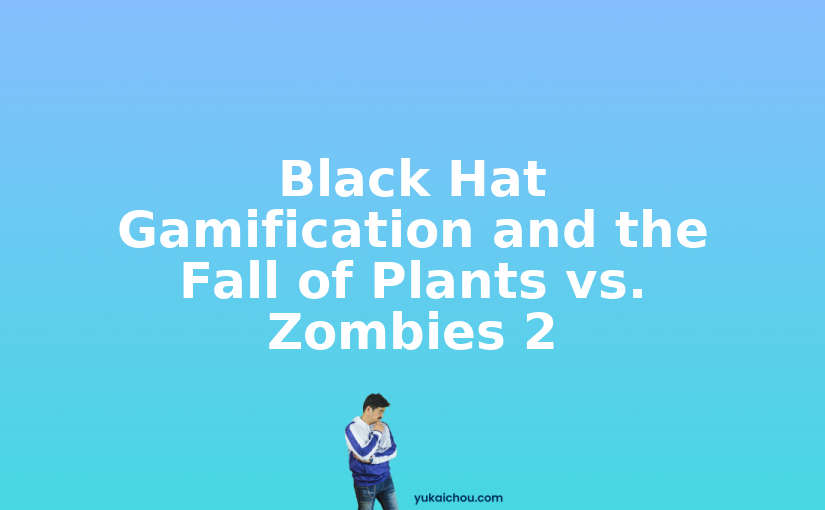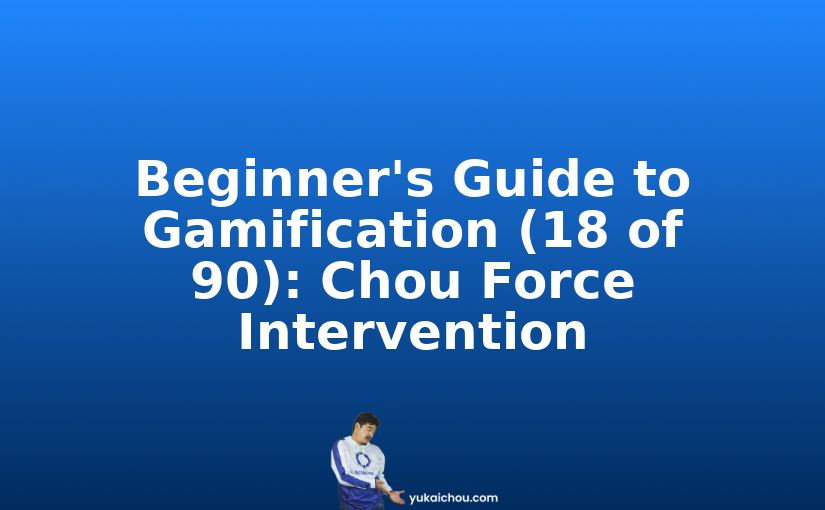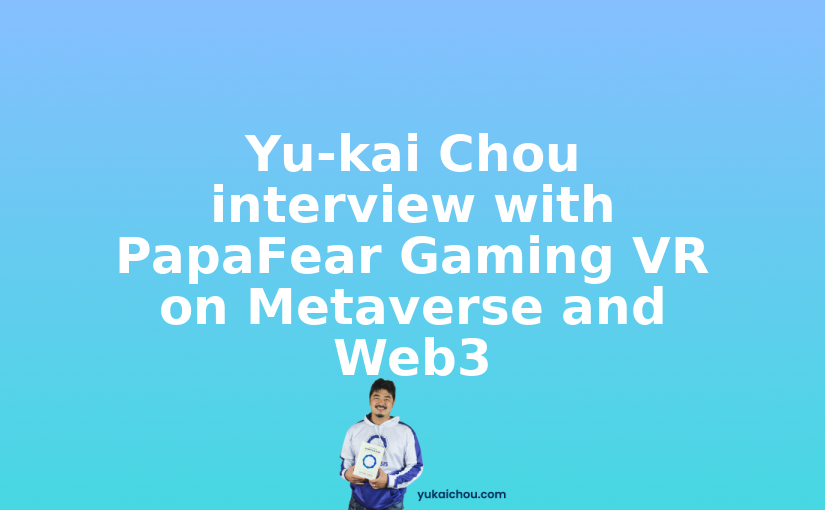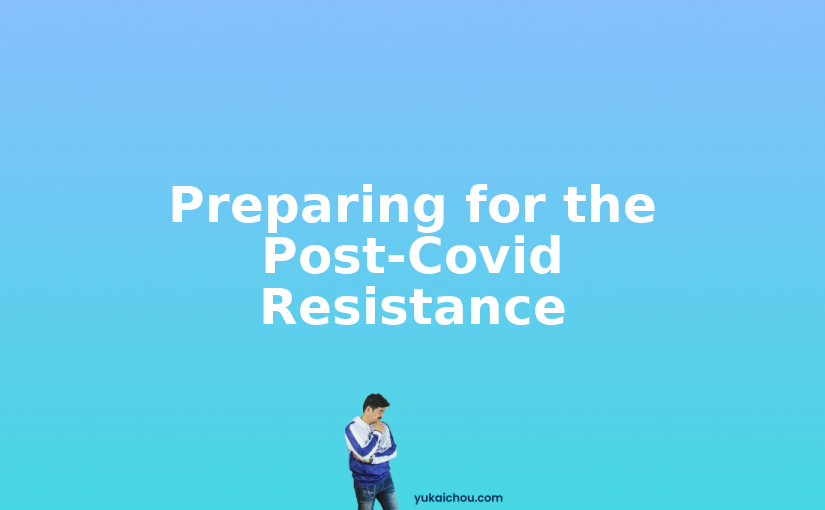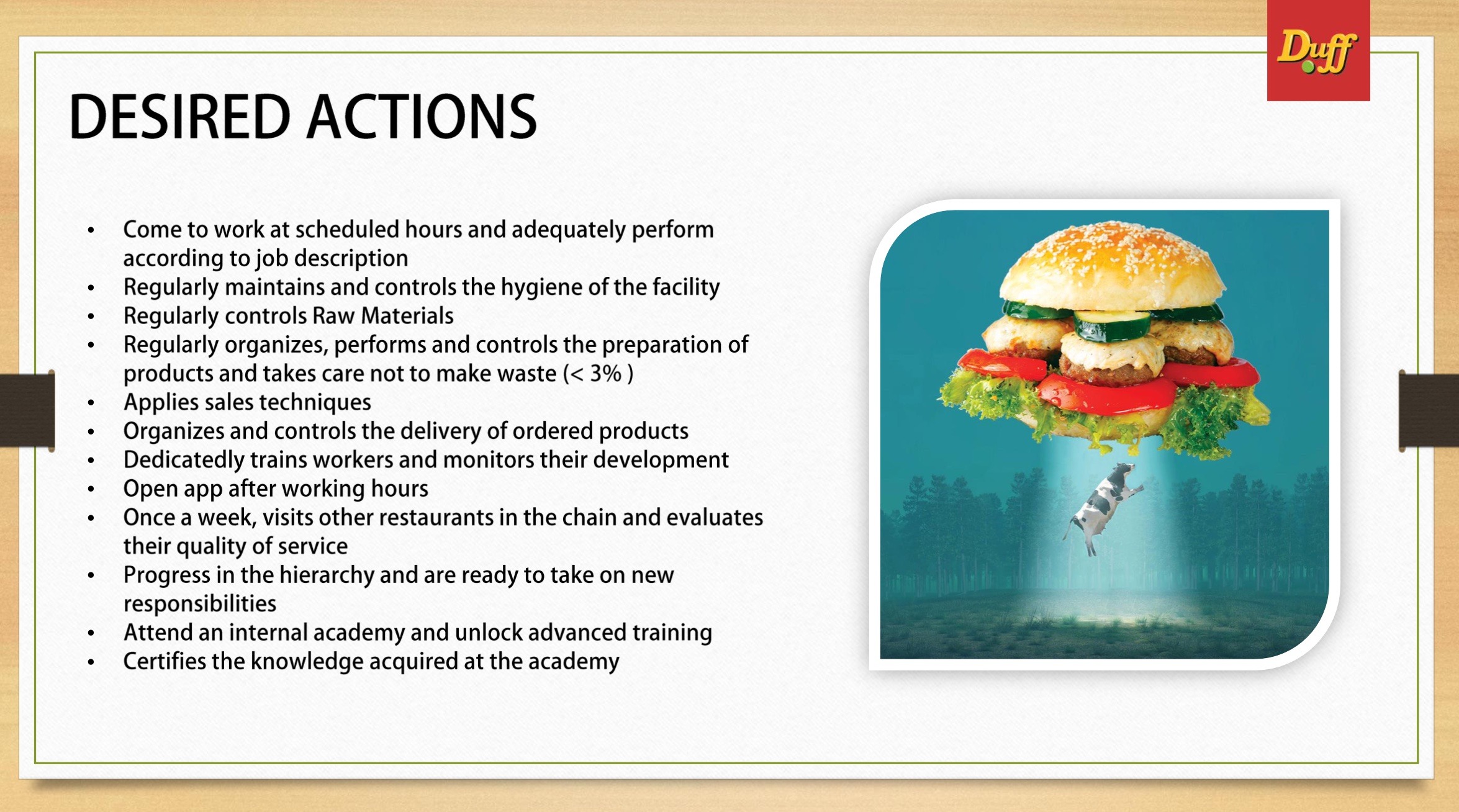Why Plants vs. Zombies 2 Failed to Engage Gamers
Motivation Matters: An Insightful Lesson in Game Development from the Plants vs. Zombies Franchise
Author Bio
This interview was conducted by Clark Buckner from TechnologyAdvice.com (they provide coverage content on gamifying sales programs, customer loyalty solutions, employee engagement platforms and much more). Also, be sure to check out their Technology Conferences Calendar.
To check out the interview in full:
Yu-Kai Chou, a thought leader in gamification and publisher of the Octalysis gamification framework, gave insights into the different motivating drivers behind the wild success of mobile game Plants vs. Zombies, white hat and black hat gamification, and the essential elements for engaging users.
Yu-kai believes the reason Plants vs. Zombies 1 (PvZ1) was more successful than Plants vs. Zombies 2 (PvZ2) is that, even though the game is essentially the same but with some new “stuff” to make the sequel more interesting, the core experience of PvZ2 is broken. (Note, the analysis here is mostly based on the PvZ2 in 2013. In 2014, there was a large overhaul that improved some of the issues, but still far from ideal).
For him, no game is guaranteed success if it misses the essence of the game (especially in the wake of a wildly successful game) and the motivation of its players to play the game. Game mechanics and other elements can be copied from a previously winning formula, but that doesn’t guarantee a hit.
To verify his opinions, Yu-kai researched why casual gamers tended to play PvZ1 more than they did PvZ2. He used his own Octalysis Gamification Framework to break motivation down into a few of the eight Core Drives. Essentially, he discovered that PvZ 2 shifted from using white hat core drives to black hat core drives.
White Hat Core Drives in Plants vs Zombies 1 Lacking in Plants vs Zombies 2
Core Drive 1: Epic Meaning and Calling
In PvZ1, a gamer’s doing something meaningful by saving their home. This is something that even female demographics that don’t care about fighting games can resonate to. In PvZ2, the gamer’s going through pain and trouble just so Crazy Dave can re-eat a taco. When a player is in the midst of danger, sometimes it feels fairly pointless.
Core Drive 2: Development and Accomplishment
PvZ1 is very careful with flow. After one or two minutes, a user may have three or four peashooters. They’re slowly but surely amassing a stockpile and building their economy. When a user gets to the end of the game, they have a full army. Ultimately, this gives gamers a feeling of harmony and accomplishment, matched with the magic of the beats in the music.
In PvZ2, the user quickly gains 10 or 12 plants, providing a quick boost of early success and productivity. However, when the user gets to the end of the game, the economy proportionally slows down but the user’s still trying to finish amassing their army of plants. As a result, this makes gamers feel like they’re struggling to survive.
Here is an example of how the flow differs:
Core Drive 3: Empowerment of Creativity and Feedback
PvZ1 offers a creative process with numerous ways and combinations to seek victory in the game.
PvZ2 limits options. A gamer must use certain plants or else they’ll die. In the first world of mummies, if the user tries the pea shooter or even double pea shooter, chances are he will lose because of the tombs. The game has to be won by using cabbage throwers and boomerangs. Certainly, when a game forces a user to play in a certain way, the elements of play, strategy, and meaningful choices are lacking, consequently making the game boring.
Yu-kai further identified the notable differences in Milestone Unlocks:
When a PvZ 1 player unlocks a milestone achievement, they’re rewarded with the perfect plant that solves all past problems and makes them want to try more in the future.
In the older version of PvZ2, a player is forced to earn the achievement through unlocking a stage many times. It’s more about scarcity and dangling rewards. Plus, the user’s rewarded with a random plant that’s seldom what they need, adding to the slow grind of gameplay in PvZ2. In the later update, this has improved, but the plant unlockable schedule is still far from perfect for motivation.
The Black Hat Core Drives of Plants vs Zombies 2
Core Drive 6: Scarcity and Impatience
In the first version of PvZ2 player plays the same stage over and over again, earning keys for a far-off goal. It ultimately overwhelms a player’s patience. The second version of PvZ2 improved on that, especially with multi-world transferring, but the dangling technique is still apparent.
Core Drive 7: Unpredictability and Curiosity
PvZ2 is unpredictable in that it takes players into different zones, driving fascination with these “crazy” elements, and making Crazy Dave’s conversation a center piece of the game (whereas in PvZ1 Crazy Dave was not as important besides playing the role of a merchant).
Black Hat Gamification vs. White Hat Gamification
In generally, even though game firms like Zynga consider their development process as “data-driven design,” a lot of it is black hat gamification, or a focus on creating urgency, obsession, and addictiveness in users. Metrics for black hat gamification include monetization, addiction, retention rates, and sharing with friends.
Black hat games ultimately leave players with a not-so-good experience. So, they end up playing just an hour or two, then leave the game and never come back.
Yu-kai contrasted that to white hat gamification, where developers use motivating factors in gaming to make people feel good without a sense of urgency.
Chou’s eight Core Drives help developers see games as more than just mechanics. Instead, game developers need to look at the users’ motivation to play their games:
- Does the game make people feel accomplished?
- Does the game let people make meaningful choices?
- Is there epic meaning and calling?
- Is there unpredictability in the experience?
How to Better Employ Engagement
Yu-kai outlined the different factors that are essential to employing engagement:
- Meaning: He explained that many campaigns are about scarcity and fixed-action rewards that drive motivated actions. However, this is not long-term motivation because people don’t feel good after playing such a game—as opposed to white hat gamification which stresses meaning.
- Development and Accomplishment: Developers ought to very carefully control flow so that it begins slowly but increases in difficulty as a gamer’s experience increases. Gamers don’t want to feel insulted or frustrated by a hard game.
- Meaningful Choices: Give people meaningful choices where they can customize their play and environment to make the game more interesting and more fun. The multi-world hopping is a great improvement in this, which is what made the game Megaman so innovative in the early days.
Ultimately, meaning is very important as to why people engage with certain games. Unfortunately, there are many products and resources that describe what you need to do in game development and seldom explain the “why” behind it.
For more information on Chou’s Octalysis Gamification Framework and its 8 Core Drives, visit www.octalysis.com, or send Yu-Kai Chou an email to get certified. Connect with him on Twitter @yukaichou.


